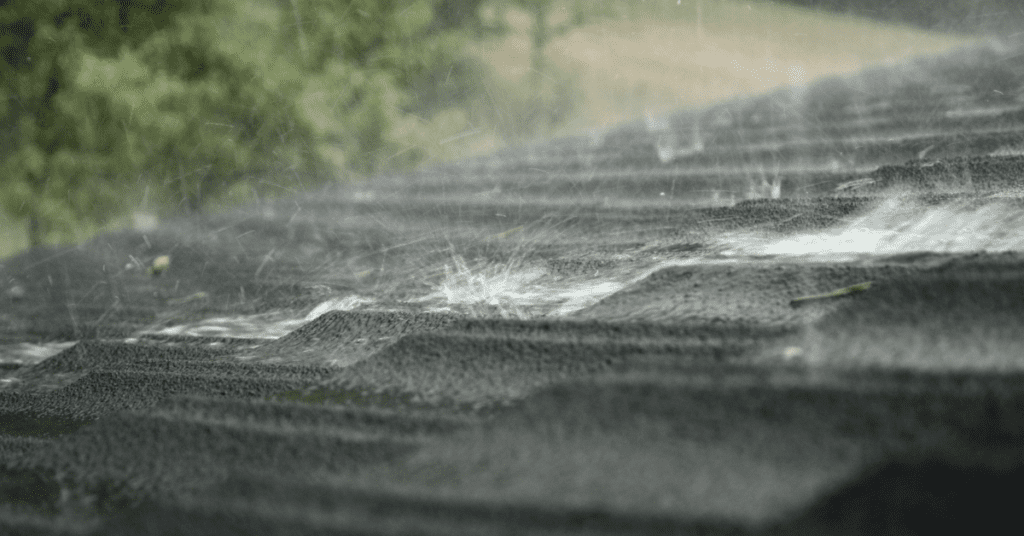What Happens if It Rains During Roof Repairs?


Roof repairs are a significant undertaking for homeowners, requiring time, financial investment, and often, the patience to deal with uncontrollable setbacks such as inclement weather. Have you ever wondered what happens if it rains during roof repairs? Let’s delve into this topic and find valuable insights
Impact of Rain on Roof Repair
Firstly, rain can interrupt the repair process. Roofing materials, such as tar, or other sealants, often require dry conditions for proper installation. If these materials are applied during wet conditions, they may not adhere correctly, compromising the quality and durability of the repairs. Roof repairs during unpredictable weather conditions can be dangerous for the roofing crew.
Wet roofs are slippery, increasing the risk of accidents and injuries for the workers. Professional roofing crews are trained to handle various conditions, but most will halt work during heavy rain to ensure their safety. So it is important that roofing contractors monitor weather forecasts closely and may need to postpone work if rain is expected.
Dealing With Water Infiltration
In case water does infiltrate your home during the roof repair, swift action can mitigate damage. If the roofing structure is open rain can seep through, potentially damaging the interior of the property, including walls, ceilings, and personal belongings. To mitigate this risk, roofing professionals often use synthetic underlayments and high quality or other waterproof coverings as permanent and temporary protective measures during unexpected rain or downpour.
Roofing materials, such as asphalt shingles and metal panels can be installed in wet conditions, though neither one is to be installed in heavy rain. Rubber membranes, SBS, and single ply roofing membranes such as PVC and TPO must be installed in dry conditions.
Rain’s Impact on Roof Repair Timeline
Continual rain jeopardizes your home’s interior but it can also significantly delay the timeline, extending the project duration.
Resuming Repairs After Rain
Repairs will be able to resume after rainfall has finished. Each repair is unique and will have to be assessed individually to how soon the repair can be resumed after the rain fall.
Conclusion
Repairing or replacing a roof is a significant task, and an unpredicted rain can complicate things. It’s essential to take steps to protect your home’s interior and ensure the safety of the roof repair crew. Waiting for the right weather conditions is also important to maintain the quality of the work. By being proactive and preparing for adverse weather, you can make the roof repair process smoother and more effective.
In conclusion, where the importance of being proactive is emphasized, it’s pertinent to discuss regular roof inspections. Understanding how often should I have my roof inspected can prevent unforeseen issues, especially in areas prone to rain. While unexpected rain can complicate roof repairs, having a skilled and knowledgeable roofing team is crucial for navigating these challenges. Connect with local roofers to ensure your roof is in the best hands, come rain or shine.
- Burnaby roofers and roofing contractors
- Coquitlam roofers and roofing contractors
- Delta roofers and roofing contractors
- Ladner roofers and roofing contractors
- Langley roofers and roofing contractors
- Maple Ridge roofers and roofing contractors
- New Westminster roofers and roofing contractors
- North Vancouver roofers and roofing contractors
- Pitt Meadows roofers and roofing contractors
- Port Coquitlam roofers and roofing contractors
- Port Moody roofers and roofing contractors
- Richmond roofers and roofing contractors
- Surrey roofers and roofing contractors
- West Vancouver roofers and roofing contractors
- White Rock roofers and roofing contractors
- Vancouver roofers and roofing contractors
